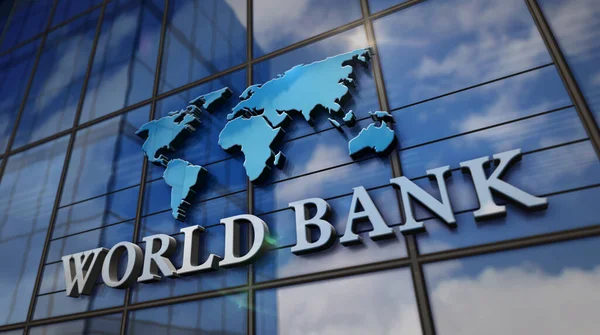
By Kunle Mar, 31, 2023 Featured
The World Bank
The World Bank was founded by the western powers in July 1944 alongside the International Monitory Fund to mitigate the effects of the war in Europe and America.
The second world war is ending and has taken its toll on the world's economic, human, and social foundations, shaking them to their core.
There was a demand for an emergency effort to reconstruct ruined infrastructures and stabilize Europe's economy; it was then named the International Bank for Reconstruction and Development (IBRD).
It was also charged with preventing future conflicts through economic means, and over 75 years later, its influence is worldwide.
Initially, the world bank's scope was to make loans available to European countries; now its scope has expanded to support economic growth in Africa, Asia, and Latin America.
Examples of world banks helping recently are the Indian Solar Project, which lent the country over $1 billion to provide stable electricity in cities without one, including rooftop solar projects to supply electricity to millions.
Similarly, in Ethiopia, the bank supported over 1 million households in gaining access to energy through off-grid solutions like solar lanterns and home systems.
Overtime the World bank has expanded its roles to include providing interest-free loans to extremely poor countries through its established agencies such as the Multilateral Investment Guarantee Agency (MIGA) and the International Finance Cooperation (IFC)
Its major focus now is ensuring sustainable economic growth, reducing poverty, and challenging environmental dynamics such as climate change and conflict in developing countries.
World Bank and SMEs
According to the World Bank's statistics, small and medium-sized enterprises account for 90% of businesses worldwide and 50% of all employment, and the bank's focus is on creating 600 million jobs by the end of 2030.
To achieve this, the bank has already invested in both loans and grants totaling over $150 million in iSME alone between 2019 and 2023.
Role of the world bank in developing Countries
The World Bank has been providing financing for developing countries for various purposes, including infrastructure development, health care, and agriculture.
They have also been actively involved in impacting developing countries positively by providing technology and strategies to help developing countries and institutions achieve sustainable economic growth.
Furthermore, it has also served as a debt relief agency across the world by providing the technology and strategies for debt reduction, such as the Heavily Indebted Poor Countries (HIPC) Initiative.
The World Bank Group summary helps developing countries by improving their access to the global market and enhancing their significance in international trade.
Recent World Bank Project
On the 30th of March, the World Bank launched its long-awaited reform plan to boost lending in developing countries by $5 billion annually in the fight against climate change while maintaining its top-tier credit rating.
The Stated that it must improve its response to global crises that hinder development progress and threatens the people living on the planet,
Disadvantages of the World Bank
The world bank has also faced its share of criticism, with many experts describing the scope of borrowing to solve environmental issues like natural disasters and climate change in developing countries as wrong.
Forcing countries to adopt its global policies has also been criticized, with experts calling on the bank to also respect each country's economic plans and goals.
They have also been accused of not having enough evidence on which to base their policies, which makes them not completely reliable or guaranteed.
Tags: World Bank Africa IMF SME Sustainable Economy.
Share On Facebook Twitter Linkedin Whatsapp Telegram
Categories
Latest Post
- Nigeria Taps Global Markets with $2.25B Eurobond Sale
- Boeing Shares Rise as CEO Confirms China Deliveries to Resume Next Month
- STOCK SPOTLIGHT: UNION HOMES REAL ESTATE INVESTMENT TRUST (UHREIT)
- Nvidia Q1 2025 Earnings Report Summary
- 📉 U.S. Market Summary – May 28, 2025
- CBN Launches New Financial Tools to Boost Nigeria’s Non-Interest Banking Sector! ✨
- Market Watch: Key Updates as Wall Street Awaits Nvidia and Salesforce Earnings
- U.S. Equity Markets Rally as EU Tariff Deadline Is Extended and Consumer Confidence Surges
- Things to Know Before the U.S. Stock Market Opens
- What to Expect in the Markets This Week (May 27–31)

Start investing with Acorns today! Get $5 when you use my invite link: Z24WWE
